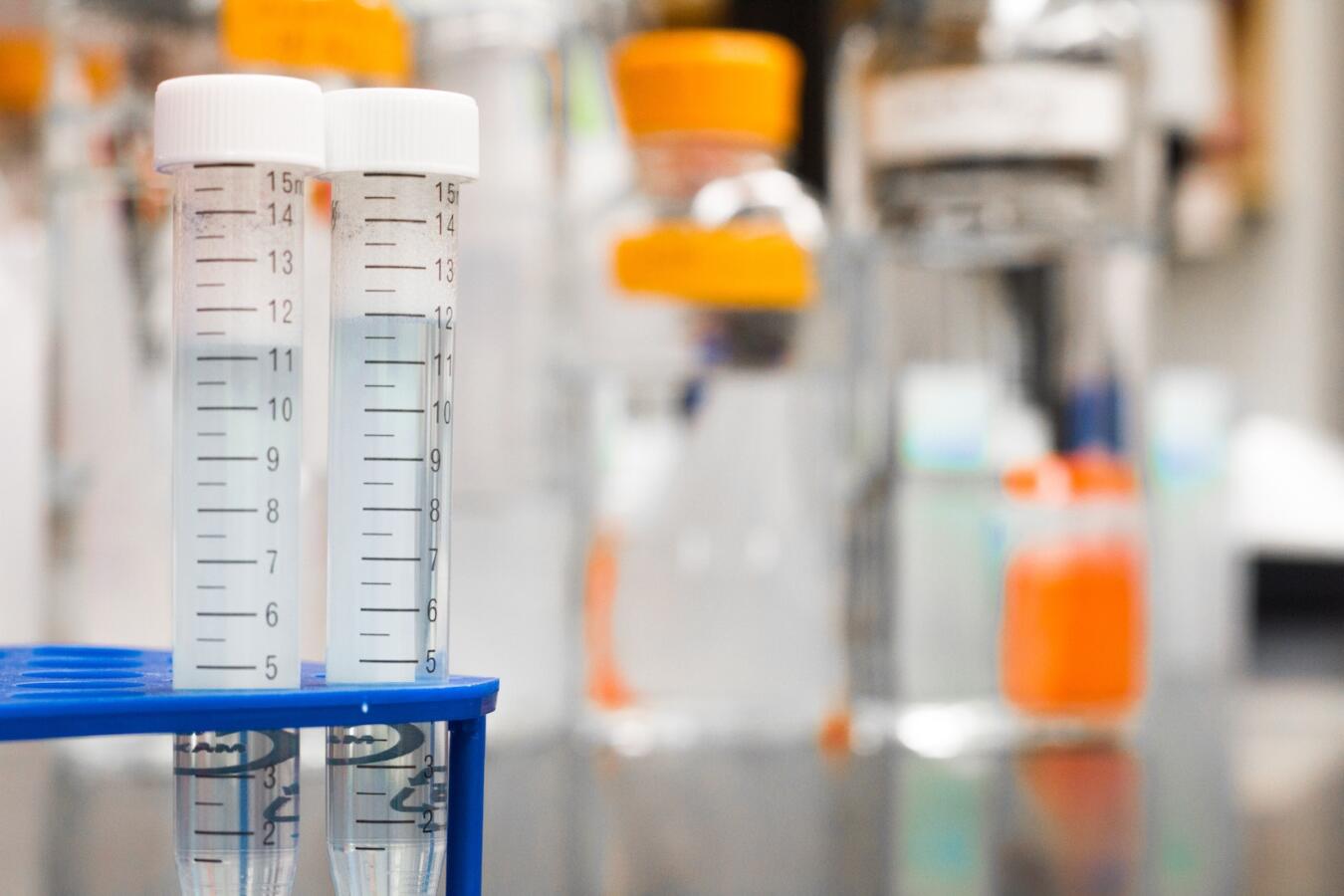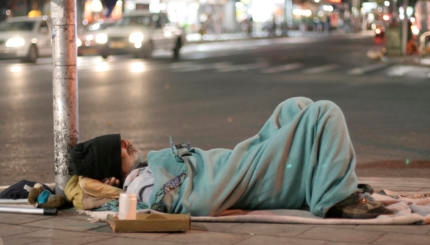Question: If I donate to medical research (like the Susan G Komen for the Cure foundation) does that count as giving to tzedakah (charity)? I thought tzedakah was only giving money to people in need, and I don’t know if medical research really falls under that rubric.
–Betty, San Antonio
Answer: Tzedakah is a really complicated issue, and you’re right, Betty, that there are some standards given in rabbinic literature for what counts as tzedakah.
In America we tend to equate tzedakah with charity, so we might think that a donation we give to public radio, an arts organization, or a wildlife refuge would count as tzedakah because according to tax laws they’re charitable donations. But in fact, tzedakah comes from the root tzedek, meaning justice or righteousness, and it’s rooted in an idea that Jews have an obligation to create a just society, where everyone’s basic needs are met. Typically, this means giving money.
The Shulhan Arukh, the seminal Jewish legal code from the 16th century, says, “How much should one give? If he can afford, give as much as the poor people need. If he can’t afford all the poor peoples’ needs, he should give what he can. How much? Up to 20% of his assets is admirable. 10% is intermediate. Less than this is an evil sign.” (Yoreh Deah 249) The Shulhan Arukh set the standard here that all Jews should aim to give 10% of their income to tzedakah, and more specifically, to the poor. The Ashkenazi commentator, the Rema, wrote a gloss on the Shulhan Arukh where he makes it very clear that the 10% one gives shouldn’t be just for the general functioning of the community, like the upkeep of the synagogue–it must be for the poor. So donating food and clothing is tzedakah, and donating money to someone to buy or distribute food and clothing is also tzedakah. Giving money to your local park district, or even your child’s private school is not tzedakah. (Historically there have been some debates about whether funding one’s childrens Jewish education can be counted as tzedakah, but most modern rabbinic authorities have rejected this idea, because there is a separate commandment to teach one’s children (Deuteronomy 11:19), and there is a reluctance to combine the obligation to give tzedakah with anything else.)

Help us keep Jewish knowledge accessible to millions of people around the world.
Your donation to My Jewish Learning fuels endless journeys of Jewish discovery. With your help, My Jewish Learning can continue to provide nonstop opportunities for learning, connection and growth.
Medical research, though, is tricky. It can help people in poverty, but in America, at least, they’ll still have to pay for treatment, and of course you can pour a lot of money into research and still not end up with any effective treatments or drugs.
To help sort through the issues at stake I contacted Rabbi Jill Jacobs, who wrote There Shall Be No Needy: Pursuing Social Justice Through Jewish Law & Tradition. Rabbi Jacobs said, “There’s general agreement that if the money benefits the poor, at least in part, it counts as tzedakah…Medical research is a bit complicated–those with less money obviously die more often from diseases that are better treated among wealthier people. For example, someone with health insurance who lives in an area with good hospitals will probably get better and earlier cancer treatment than someone who falls into neither category. But still, the first person might not survive and the second person might get lucky–there are no guarantees. Ideally, our medical research will lead to better outcomes for everyone, but it’s still possible that people without access to good health care won’t benefit at all. Also, the results of medical research are far-off and iffy–we could invest millions of dollars in a new drug that, after several years of development and trials, turns out not to work at all.
“So, medical research doesn’t obviously fall into the category of tzedakah, and it doesn’t obviously fall outside of this category. When thinking about putting tzedakah money into medical research, we can ask ourselves: Will this research mostly or largely benefit the poor (such as research into dysentery, polio, diabetes, asthma, and other diseases more common among low-income people and those in developing countries); what are the projected outcomes of this research? How likely is success and on what timetable? Will donations to this cause take away from my poverty-related tzedakah donations? Our answers to these questions will help to make sense of this big gray area.”
At the end of the day, you’re going to want to make this decision yourself (but I encourage you to talk about it with your rabbi if you feel comfortable doing that). If you want to give to a medical cause, you can do some research and donate to local a clinic that serves an underserved population, or to an organization that gives medical care to people who can’t afford it. You might also consider giving to medical research, but not counting it towards the ten percent you aim to give to tzedakah.
Good luck!
Ashkenazi
Pronounced: AHSH-ken-AH-zee, Origin: Hebrew, Jews of Central and Eastern European origin.

Help us keep Jewish knowledge accessible to millions of people around the world.
Your donation to My Jewish Learning fuels endless journeys of Jewish discovery. With your help, My Jewish Learning can continue to provide nonstop opportunities for learning, connection and growth.
tzedakah
Pronounced: tzuh-DAH-kuh, Origin: Hebrew, from the Hebrew root for justice, charitable giving.

Help us keep Jewish knowledge accessible to millions of people around the world.
Your donation to My Jewish Learning fuels endless journeys of Jewish discovery. With your help, My Jewish Learning can continue to provide nonstop opportunities for learning, connection and growth.



